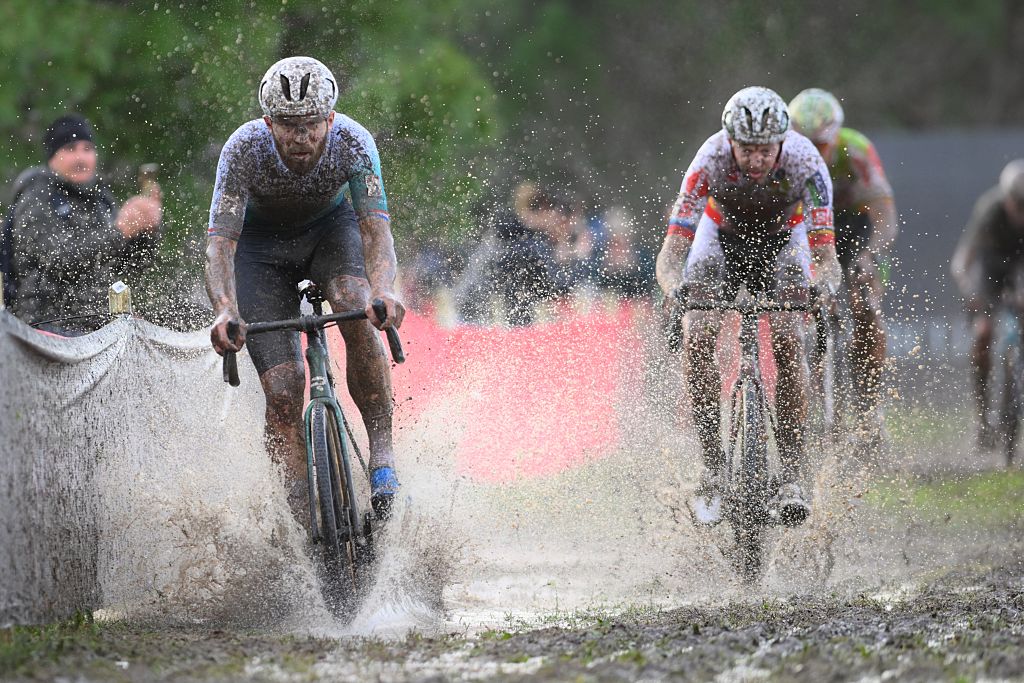UCI survey results go into planning World Cup mountain bike changes
Shorter cross country courses, separate U23/elite races likely
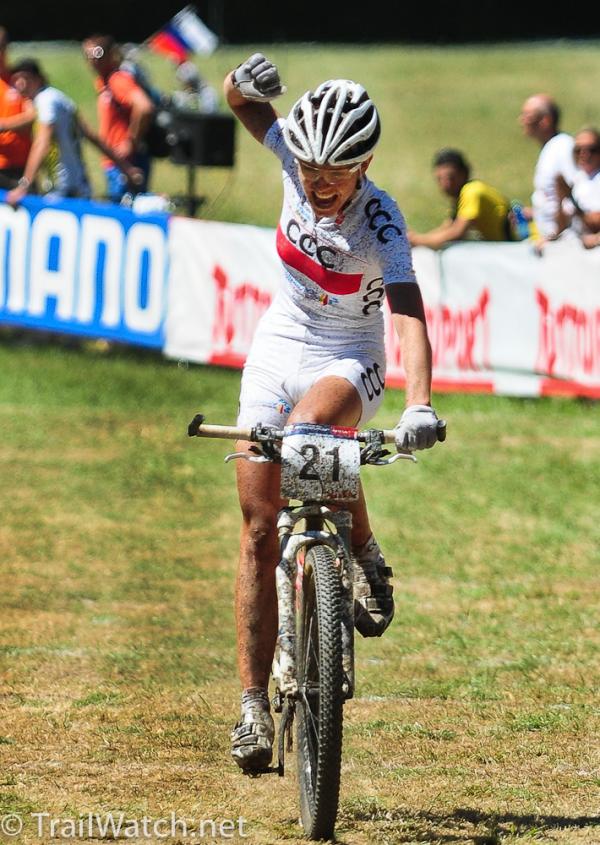
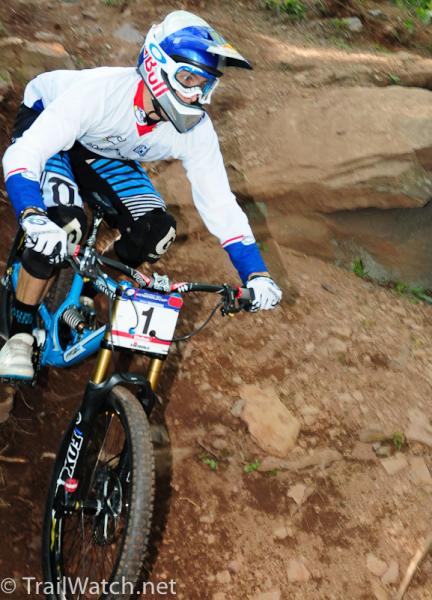
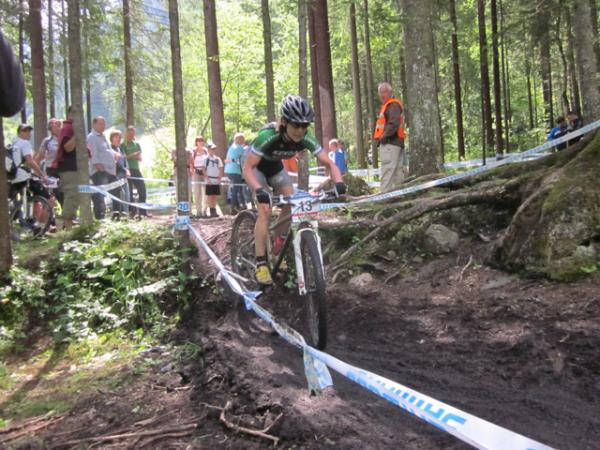
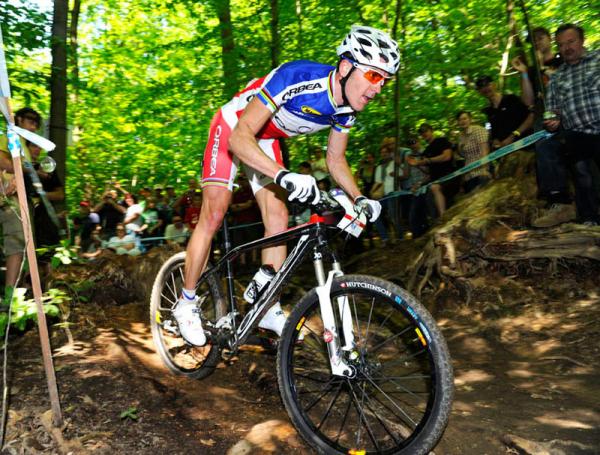
The International Cycling Union (UCI) published the results of a survey concerning its mountain bike World Cup disciplines, which it had been conducting this summer.
The governing body of all mountain bike disciplines carried out the survey to collect input to continue to develop the sport of mountain biking. 4,300 people from national federations, UCI mountain bike teams, riders, organizers, sponsors, spectators and the media answered the survey which was broken into two parts: endurance (Olympic cross country and marathon) and gravity (downhill and four cross).
Based on the outcome of the survey, the UCI has drawn up a new development concept for off-road 2011. This concept was approved last week by the UCI Management Committee, which met during the UCI Road World Championships in Melbourne, Australia. The UCI said it will modify the Constitution and Regulations for mountain biking accordingly.
"It is clear that the mountain bike community is very passionate and committed to its sport. We received many valid comments and suggestions that show that the main players are very keen to continue developing their sport," said the UCI's Off Road Manager, Mr Peter Van den Abeele.
Endurance survey results - cross country and marathon
A majority of respondents said they would like to see an eight-race World Cup calendar that includes venues outside of Europe and some back-to-back events. An exception could be made of just seven events in Olympic years. In recent years, World Cup rounds have varied in number, from six to eight.
Most wanted to see World Cup finals happen after the world championships, which is how the calendar happened in 2009, but not in 2010.
The latest race content, interviews, features, reviews and expert buying guides, direct to your inbox!
Where back-to-back World Cups are not possible due to venue location, World Cup rounds may be scheduled in conjunction with major stage races. Although it was not named specifically in the study, one example comes to mind: the South African World Cup might be scheduled in close proximity to a major stage race such as the Cape Epic, also held in South Africa.
Most respondents highlighted the need to reduce field sizes in the elite races, which often number 200, a large number of riders competing for a narrow slice of singletrack, especially on the first lap. According to the survey, the favorite way to accomplish smaller fields is by splitting the Under 23 and elite races at World Cups. Presently, the two categories race together. There is no information in the analysis about whether this new approach would apply to only the men, or also to the women, who have smaller fields. Other options to reduce World Cup field size - such as increasing the number of required points and limiting participation to UCI and national federation teams - were not nearly as popular.
Juniors are likely to continue to get to race cross country World Cups, but will still do without an overall classification, in part so as not to conflict with their school obligations. However, second-year juniors will earn points that will be calculated for their UCI elite ranking when they move up the ranks.
The UCI is likely to add side events to cross country World Cups such as short track or eliminator type races. They would give more opportunities for racers to compete on a given World Cup weekend and would produce more media and TV opportunities. Such races are already often a part of national series competitions. For example, many of the US Pro XCT rounds also host a short track race.
Respondents were split on whether to reduce World Cup cross country course lengths. Racers, sponsors and spectators were not in favor of doing so, but the call for more and better media coverage appears to be winning over racer preferences. Most respondents were in favor of better TV production, more TV coverage and more spectator friendly races. The UCI concluded that race courses and overall race times should be shortened to improve TV coverage. Current course length specifications of 5 to 9km would be reduced to 4 to 6km. This would continue the trend of ever-shortening cross country courses.
Finally, most respondents thought cross country racing was more important than marathon racing, and the UCI cryptically said in its report, "a new concept for mountain bike marathon will be worked out". It is possible that points earned in UCI-sanctioned marathon events will no longer count toward cross country rankings. A few years ago, the UCI reduced the number of and then eventually eliminated marathon World Cups. On the other hand, the popularity of marathons among enthusiasts and many racers continues to climb.
Gravity survey
As with the endurance side of mountain biking, gravity survey respondents generally called for eight World Cups, preferably with back-to-back events and also "triple events" (which include cross country, four cross and downhill at the same venue on the same weekend). Triples were noted to be more cost effective for teams and media to attend.
While some responded that they wanted to see World Cups closer to large cities, to bring out more spectators, others said downhills should be done in the mountains. Those two requirements often conflict.
Downhill is not an Olympic sport, and as such, many emphasized the lack of national federation support and the importance of commercial sponsorship to sustain the sport. National federations generally do not provide financial support to racers attending World Cups, nor do many have development programs.
Given the importance of sponsor support for the discipline, a rule relating to national champion jerseys is presently being modified so national champions will be able to wear a jersey more conducive to promoting their sponsors.
Most were in favor of introducing rules to make safety gear more compulsory for downhill and four cross, but the UCI said further research would be required before implementing such changes. Rider safety was a concern emphasized by riders, teams and national federations who took the survey. Better education of marshals and more comprehensive medical team planning are other suggestions being considered to improve safety.
As with the endurance survey, the gravity survey showed a desire for more and better TV coverage and better spectator access. The later might include "satellite" spectator areas along downhill courses, complete with giant screens and commentary, which are presently often only found at the finishes of downhill courses.
The tone of the survey responses relating to four cross was much less positive. Organizers noted how it is costly to build a four cross track and how there are few permanent four cross tracks worldwide, which means fewer opportunities for riders to train and fewer existing courses to be used in World Cups. Others observed that four cross gets less media coverage, perhaps because it is run at night.
Four cross and downhill racers tend to race one or the other discipline; there is little overlap. In part, this is due to the need for two different kinds of bikes and the inherent differences in the discipline - it is difficult to excel in both. The four cross discipline is presently dominated by racers with extensive BMX experience.
The UCI concluded in its comments, "It is clear that a complete revision of four cross is necessary." Respondents suggested running the events in the day time, making courses less BMX-like and changing them so a separate four cross-specific bike is not necessary as ways to improve the discipline.
Both endurance and cross country surveys concluded that some attention should go to improving service to the media, including more hours open at the media center, better internet access, scheduled press conferences and more consistency in information at the press centers.
Disclaimer: Cyclingnews was one of the 124 endurance and 44 gravity survey media respondents.
Sue George is an editor at Cyclingnews. She coordinates all of the site's mountain bike race coverage and assists with the road, 'cross and track coverage.
